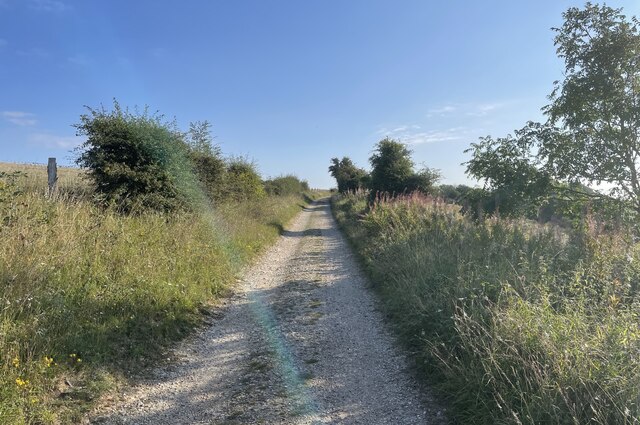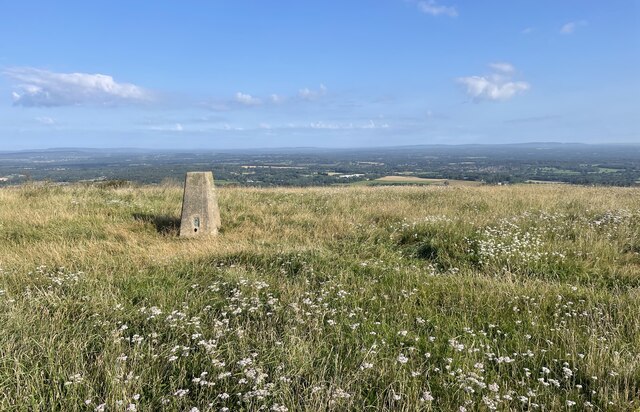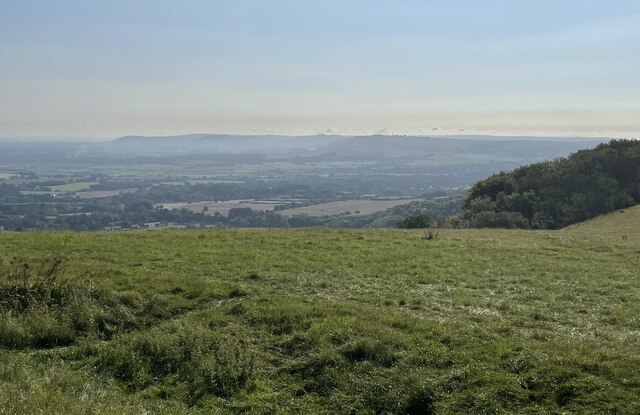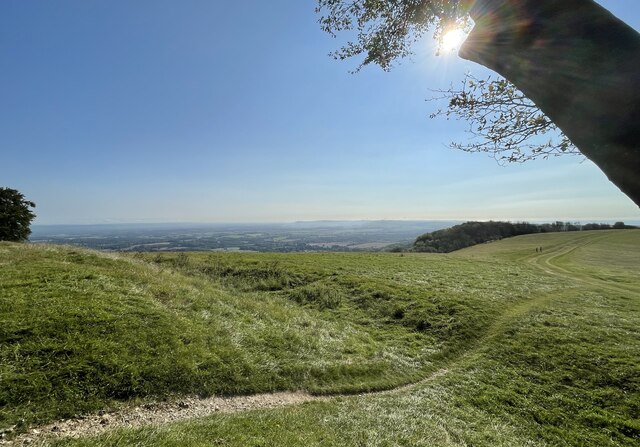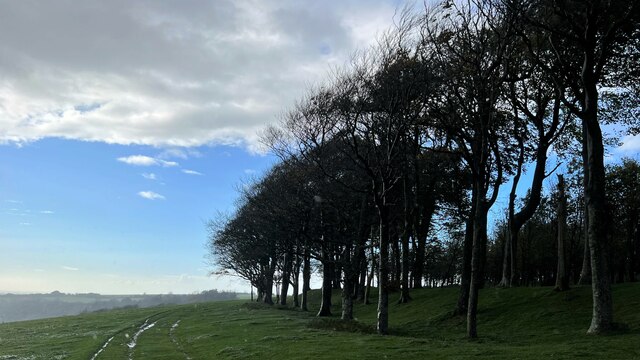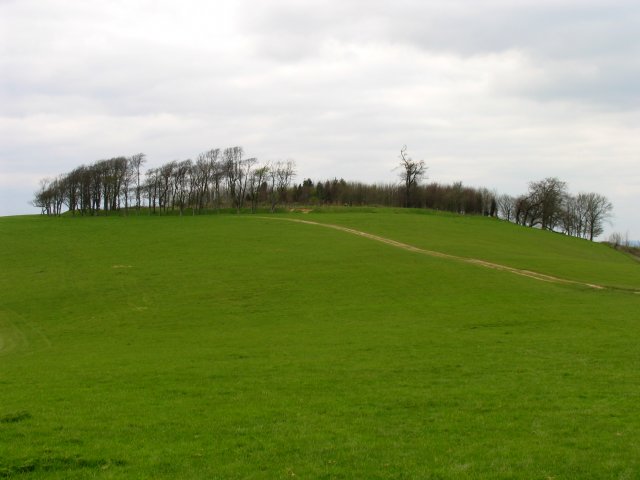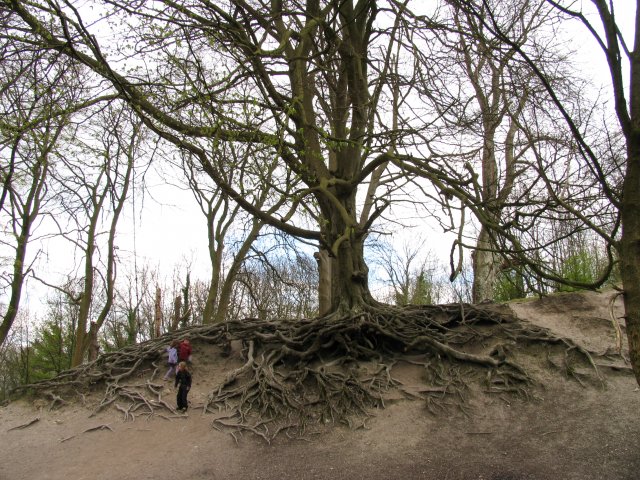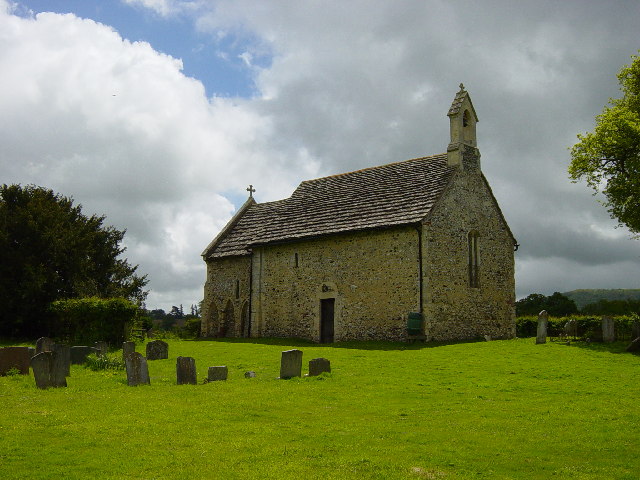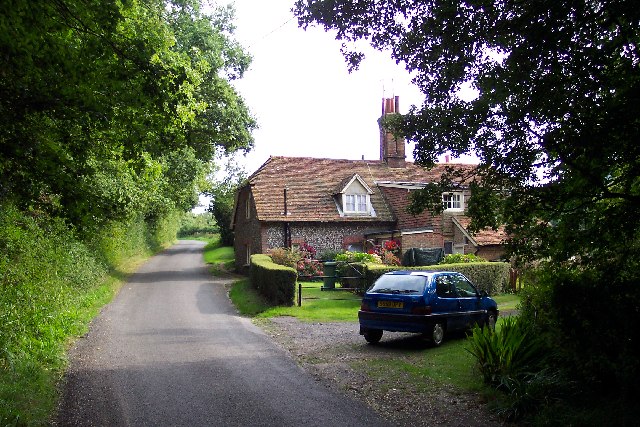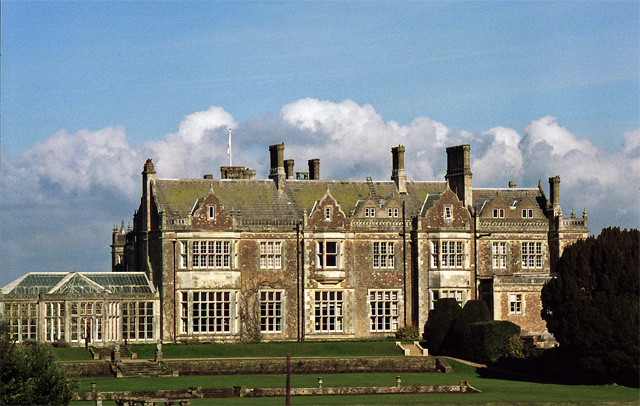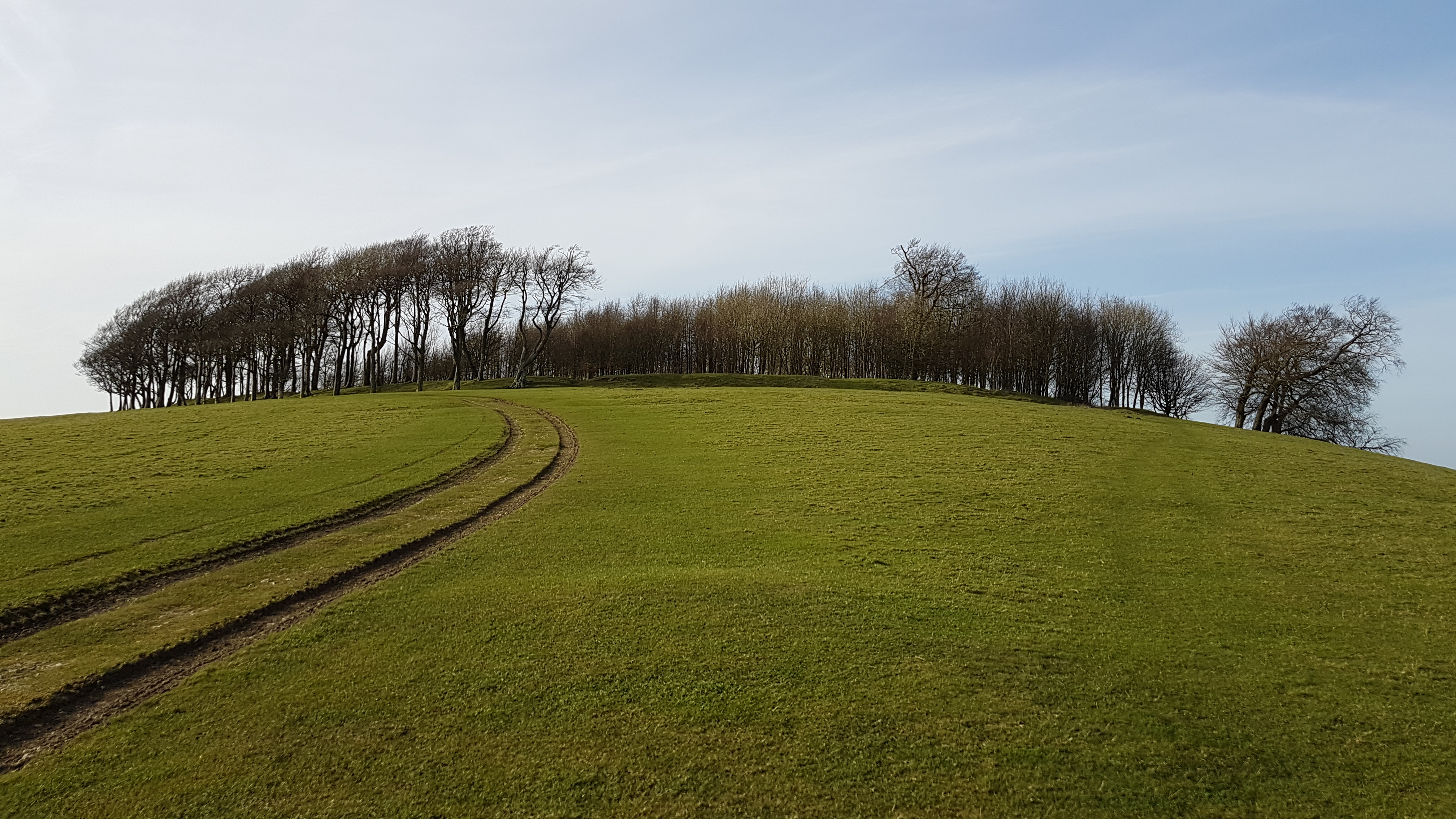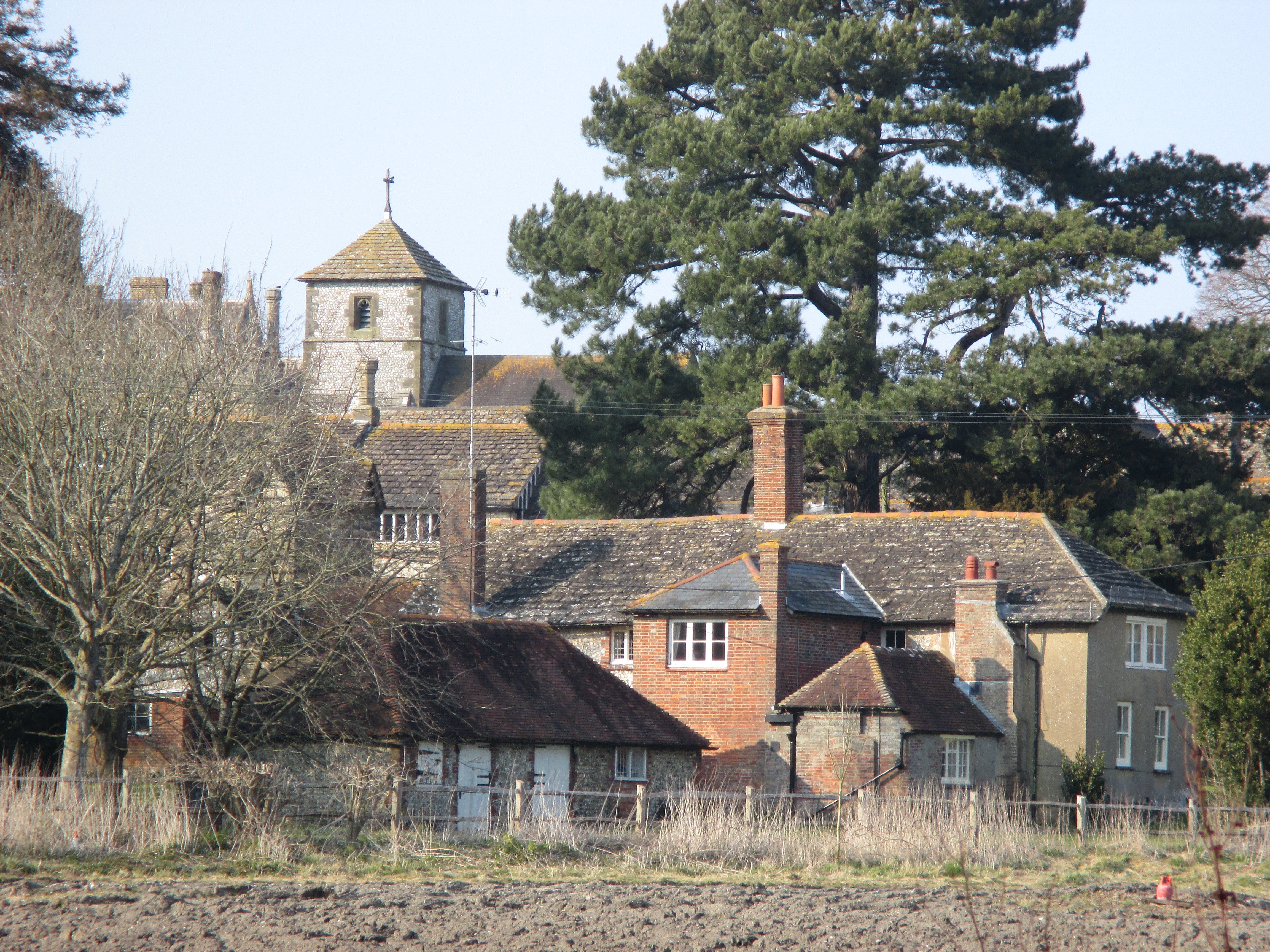Hanby's Ghyll
Valley in Sussex Horsham
England
Hanby's Ghyll
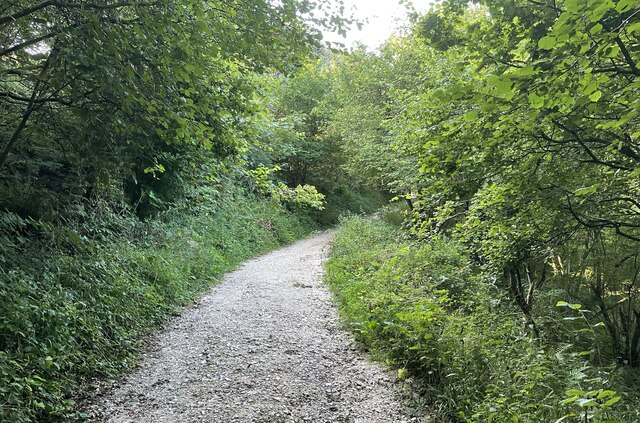
Hanby's Ghyll is a picturesque valley located in the county of Sussex, England. Situated amidst the South Downs National Park, this valley offers breathtaking natural beauty and tranquil surroundings. The ghyll, which is the Sussex term for a narrow valley or ravine, is surrounded by rolling hills and dense woodlands, providing a haven for wildlife and a peaceful retreat for visitors.
The valley is named after the Hanby family, who were the original owners of the land. Hanby's Ghyll is known for its diverse ecosystem, with a wide range of plant and animal species calling it home. The woodlands are particularly noteworthy, with ancient oak and beech trees creating a majestic canopy overhead. The valley floor is carpeted with a rich assortment of wildflowers, adding vibrant colors to the landscape during spring and summer.
A winding stream flows through Hanby's Ghyll, its crystal-clear waters meandering through the valley. The stream is home to various species of fish, making it a popular spot for anglers. The ghyll also offers numerous walking trails, allowing visitors to explore its natural wonders at their own pace. From leisurely strolls to more challenging hikes, there is a trail suitable for every level of fitness.
Hanby's Ghyll is not only a haven for nature lovers but also a place of historical significance. The valley is dotted with ancient archaeological sites, including Iron Age hillforts and burial mounds, providing a glimpse into the area's rich past.
Overall, Hanby's Ghyll is a treasure trove of natural beauty and historical significance, making it a must-visit destination for anyone seeking solace in the lap of nature.
If you have any feedback on the listing, please let us know in the comments section below.
Hanby's Ghyll Images
Images are sourced within 2km of 50.905139/-0.37304525 or Grid Reference TQ1413. Thanks to Geograph Open Source API. All images are credited.
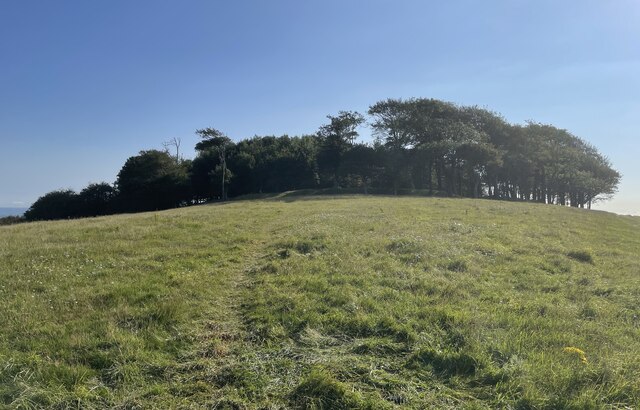
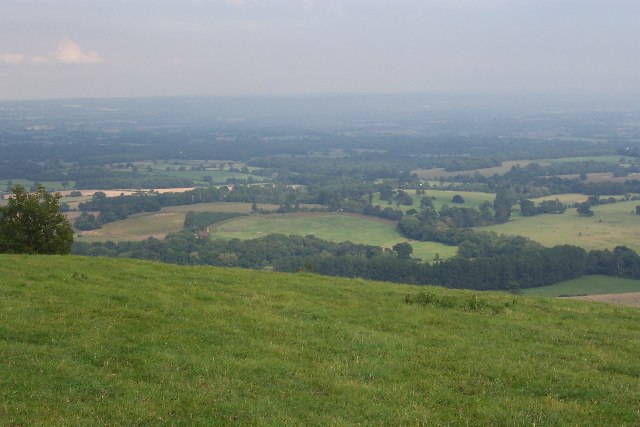


Hanby's Ghyll is located at Grid Ref: TQ1413 (Lat: 50.905139, Lng: -0.37304525)
Administrative County: West Sussex
District: Horsham
Police Authority: Sussex
What 3 Words
///among.outbound.options. Near Washington, West Sussex
Nearby Locations
Related Wikis
South Downs National Park
The South Downs National Park is England's newest national park, designated on 31 March 2010. The park, covering an area of 1,627 square kilometres (628...
All Saints Church, Buncton
All Saints Church is an Anglican church in the hamlet of Buncton in the district of Horsham, one of seven local government districts in the English county...
Buncton
Buncton () is a small village in the Horsham District of West Sussex, England, part of the civil parish of Wiston 0.5 miles (0.80 km) north. It lies to...
Wiston House
Wiston House is a 16th-century Grade I listed building set in the South Downs National Park on the south coast of England, surrounded by over 6,000 acres...
Chanctonbury Ring
Chanctonbury Ring is a prehistoric hill fort atop Chanctonbury Hill on the South Downs, on the border of the civil parishes of Washington and Wiston in...
Wiston, West Sussex
Wiston is a scattered village and civil parish in the Horsham District of West Sussex, England. It lies on the A283 road 2.8 miles (4.5 km) northwest of...
Chanctonbury Hill
Chanctonbury Hill is an 82.7-hectare (204-acre) biological Site of Special Scientific Interest west of Steyning in West Sussex. Part of it is Chanctonbury...
Rock Mill, Washington
Rock Mill is a Grade II listed smock mill at Washington, West Sussex, England, which has been converted to residential use. == History == Rock Mill was...
Nearby Amenities
Located within 500m of 50.905139,-0.37304525Have you been to Hanby's Ghyll?
Leave your review of Hanby's Ghyll below (or comments, questions and feedback).
